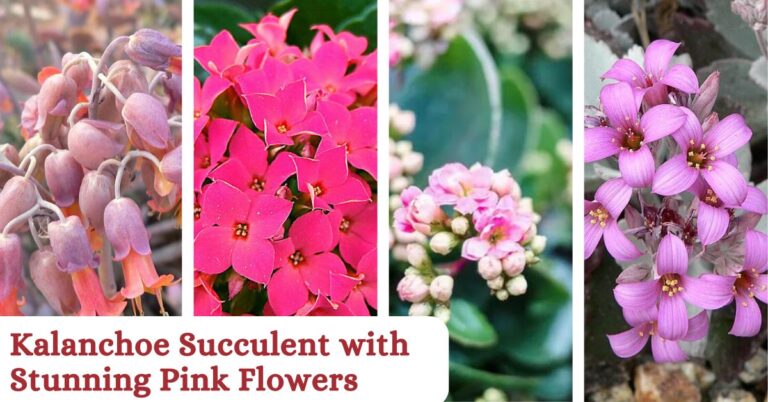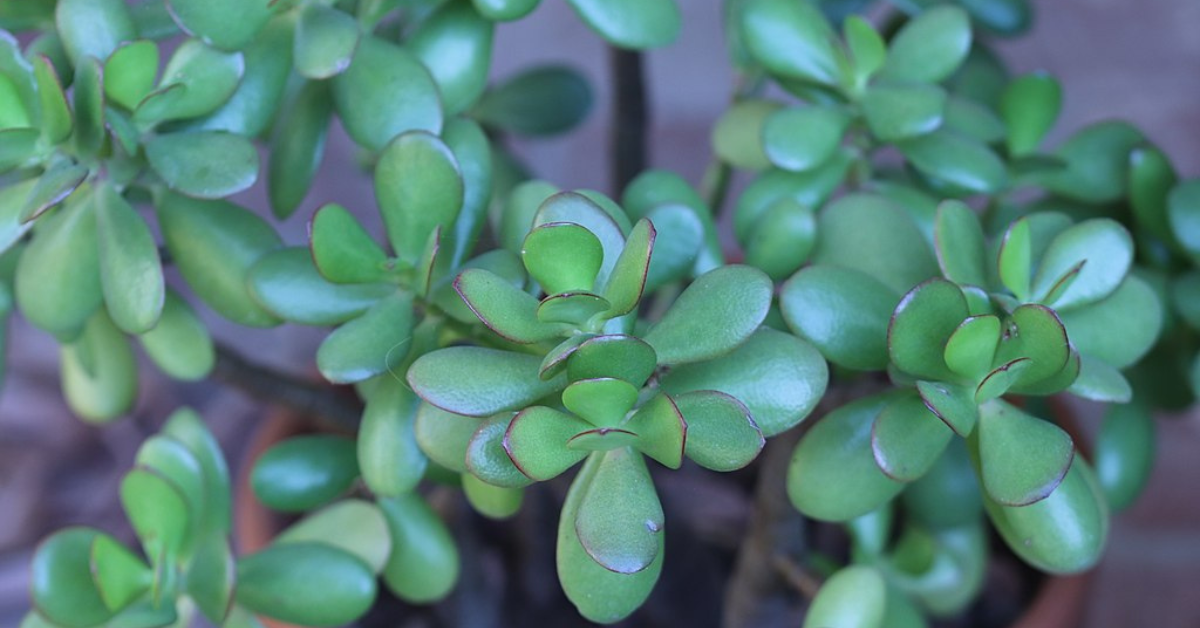Introduction to Cactus:
Cacti are the desert plants famous for their ability to survive in dry/arid environments. These are native to the Americas and due to evolving for millions of years, they have adapted with thick stems for water storage, spines for protection from predators, and CAM photosynthesis to minimize water loss.
Cacti represent desert symbols as well as extremely popular house plants all over the globe due to their many shapes, colors, and beautiful blooms across different species.
From giants such as Saguaro to stones like Lithops, each cactus has its own unique story on survival against all odds with stunning flower displays.
Let’s learn more about these plants in this comprehensive article.

History and Origins of Cactus
Cacti are ancient plants that have undergone many changes over millions of years. According to fossil records, they were already found in the Americas during the late Miocene epoch, approximately 25 million years ago.
The cactus family, Cactaceae, is believed to have originated during the Eocene-Oligocene transition, around 35–30 million years ago, though some older sources suggest an even earlier origin during the Late Cretaceous period.
Most researchers agree that cacti first emerged in South America, gradually dispersing to Central and North America, as well as the islands of the Western Hemisphere. This major lineage of succulent plants is now recognized for its remarkable diversity and adaptation to arid environments.
Benefits of Growing Cactus
- Low Maintenance: Cacti are super easy to care for. They need very little water & love minimal attention, making them perfect for folks or even those starting with gardening.
- Aesthetic Appeal: With their cool shapes, fun textures, & bright flowers, cacti can make any space look beautiful. Whether indoors or outdoors, they sure do catch the eye!
- Stress Reduction: Keeping cacti around can actually help you feel less stressed. They help improve your mood & create a chill vibe, helping you feel better overall.
- Drought Resistance: These plants are amazing at saving water! That’s why they’re great for dry places. You won’t have to water them all the time.
- Long Lifespan: Cacti live a long time! Some can last for years—decades even! They bring joy & beauty that lasts.
- Educational Value: Growing cacti is neat! You get to learn about how plants adapt, desert life, & how to garden sustainably.
- Natural Pest Resistance: Cacti are tough cookies—they don’t get pests or diseases easily thanks to their strong nature & sharp spines.
- Air Quality and Focus: Having cacti can help clean the air and might even make it easier to think clearly or concentrate better in a calm setting.
- Feng Shui and Energy: Some believe cacti bring good vibes! They’re thought to offer protection & positive energy, especially in certain spots of your home or workspace.
- Health Benefits: Certain types of cacti, like prickly pear, can be good for you too! They might help manage blood sugar, lower cholesterol, and give your immune system a boost with their antioxidants.
Common Myths and Misconceptions about Cactus:
1. Cacti Don't Need Water
- Myth: Cacti don’t need any water.
- Reality: Cacti do require water, particularly during their growing season. However, they are adapted to store water and can survive with less frequent watering. Overwatering can harm them, so finding the right balance is key.
2. Cacti Only Grow in Deserts
- Myth: Cacti only thrive in deserts.
- Reality: While many cacti are native to deserts, they can also be found in diverse habitats, including rainforests and high-altitude areas. Some species, like epiphytic cacti, flourish in tropical environments.
3. All Cacti Have Sharp Spines
- Myth: All cacti are covered in sharp spines.
- Reality: Not all cacti have sharp spines. Some species have soft, hair-like spines, or no spines at all, making them more decorative than defensive.
4. Cacti Can't Be Grown Indoors
- Myth: Cacti are unsuitable for indoor cultivation.
- Reality: Cacti can thrive indoors with adequate light. Many species make excellent houseplants, especially in sunny spots or under grow lights, adding beauty to indoor spaces.
5. Cacti Are Inedible
- Myth: Cacti cannot be eaten.
- Reality: Some cacti, like the prickly pear, produce edible pads and fruit. These parts are not only safe to eat but are also used in various cuisines for their unique taste and nutritional benefits.
Popular Varieties of Cactus
Cacti come in various popular varieties, including the iconic Saguaro, versatile Prickly Pear, striking Golden Barrel, tropical Christmas Cactus, and the unique Bunny Ear Cactus, each with distinct features and growing conditions.

Choosing the Right Cactus Plant
When choosing the right cactus plant, consider factors like the plant’s light and water requirements, size, growth rate, and environment. Whether for indoor decor or outdoor gardens, there’s a cactus suited to every need.
Some cacti, such as the Saguaro, have legal restrictions due to conservation concerns. Always check local regulations before purchasing.

cactus best suited for indoor
- Christmas Cactus (Schlumbergera)
- Bunny Ear Cactus (Opuntia microdasys)
- Old Man Cactus (Cephalocereus senilis)
- Fairy Castle Cactus (Acanthocereus tetragonus)
- Haworthia (Haworthia spp.)
- Echinopsis (Echinopsis spp.)
cactus best suited for outdoor
- Saguaro (Carnegiea gigantea)
- Prickly Pear (Opuntia)
- Golden Barrel Cactus (Echinocactus grusonii)
- Cholla Cactus (Cylindropuntia)
- Hedgehog Cactus (Echinocereus)
- Organ Pipe Cactus (Stenocereus thurberi)
Growing Cactus Indoor vs. Outdoor
| Category | Indoors | Outdoors |
|---|---|---|
| Light Requirements | Cacti like bright, indirect light. A sunny windowsill or a room with a lot of natural light works best. | They love full sunlight. Outdoor cacti need direct sun for several hours every day. |
| Watering | Water less often because the inside is more controlled. Make sure the soil dries out completely before the next watering. | Outdoor cacti can handle rain, but during dry times, you might need to water them sometimes. |
| Temperature | Cacti do best in room temperatures but keep them far from cold drafts or super hot spots indoors. | Outdoor cacti enjoy warmer weather, but some can survive chilly nights, depending on their type. |
| Pests | Indoor cacti can get pests like spider mites and mealybugs. It’s important to check them regularly. | Outdoor cacti may attract pests like scale insects or aphids, but natural predators help control them. |
| Soil and Drainage | Use cactus-specific soil that drains well in pots with holes at the bottom to avoid too much water. | Outdoor cacti like sandy, well-draining soil and often do great in rocky, dry areas. |
Cactus Tips and Tricks for Beginners
- Use Pots with Drainage Holes: Prevent water accumulation.
- Provide Plenty of Light: Place in a sunny spot or use grow lights.
- Water Sparingly: Let soil dry out between waterings.
- Use Well-Draining Soil: Opt for cactus or succulent mix.
- Fertilize in Growing Season: Use diluted fertilizer in spring and summer.
- Avoid Humidity: Keep in dry conditions with good air flow.
- Repot When Needed: Refresh soil and provide space for growth.
- Handle Carefully: Use tongs or gloves to avoid spines.
- Watch for Pests: Check regularly and treat infestations.
- Adjust for Seasons: Reduce watering and stop fertilizing in winter.
Cactus vs. Succulents
Cacti are a specific type of succulent with spines and are adapted to extremely dry conditions. Succulents are a broader category that includes many plants with fleshy, water-storing tissues. While all cacti are succulents, not all succulents are cacti.
Cultural Belief and Historical Significance
Cacti are really important in many cultures and histories. They stand for good luck, protection, strength, & a deeper spirit.
In Mexico, people think cacti can bring good fortune. They also believe these plants help keep bad vibes away. On the other, Native American folks have a special place for them in their spiritual ceremonies.
Looking back, the prickly pear cactus was super useful. It wasn’t just food; it stood for something bigger too! You can see it on Mexico’s coat of arms. Plus, it’s a strong symbol for both Israeli & Palestinian people.
If you’re curious about these interesting cultural ideas and historical ties, then comment “Cactus” and we will post the article on it soon!
Frequently Asked Questions
- Cacti have evolved to store water in their stems, allowing them to survive in dry conditions.
- Some cacti can live for decades or even centuries.
- They have specialized structures called areoles from which spines, flowers, and branches grow.
- Many cacti bloom only at night or under specific conditions.
- Cacti come in a wide range of shapes and sizes, from tiny globular forms to towering giants.
Cacti offer various benefits, including low maintenance, aesthetic appeal, stress reduction, air purification, and drought resistance. Some types also have health benefits, like aiding in digestion and improving blood sugar control.
You Might Also Like ✾

The Cultural World Of Cacti: Art, History, And Uses

How to Grow and Care for Red Barrel Cactus

How to Grow & Care for Fire Barrel Cactus

The Kalanchoe Succulent with Yellow Flowers

The Kalanchoe Succulent with Stunning Pink Flowers

How to Propagate Zebra Succulent from Leaves






